by Peter Prokosch & Christoph Zöckler
Sponsored by the Georgian National Tourism Agency (GNTA) and under the lead of LT&C member Xenia Nossowa from XENOSTOURS, seven ornithologists from the UK, Germany, Italy and Norway in early April 2022 explored the attractiveness of Georgia for birdwatching tourism. The findings were overwhelming. Within one week of visiting different protected areas in the Eastern part of the country, we saw more than 157 bird species. For some of these species, such as Caucasian Snowcock, Caucasian Grouse, Guldenstadt’s Redstart, and Great Rosefinch, there are hardly any better conditions. During springtime, Georgia is known for watching many migrating raptor species. We observed at least 15 different ones, although having been a little early for peak migration. Also, not all songbirds had arrived as spring was late this year. Still, we noted seven different species of larks or four kinds of wheatears besides many others.
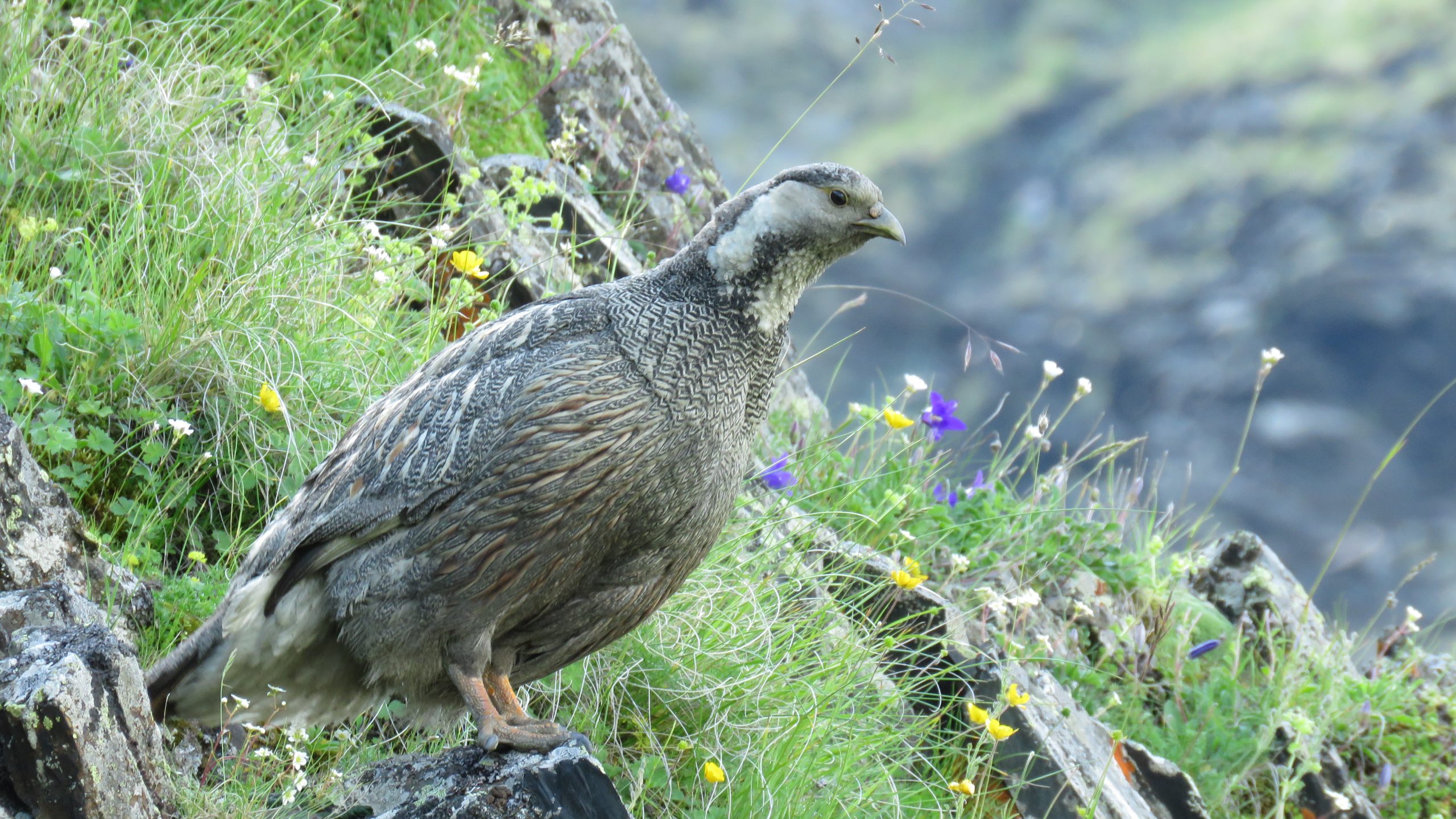
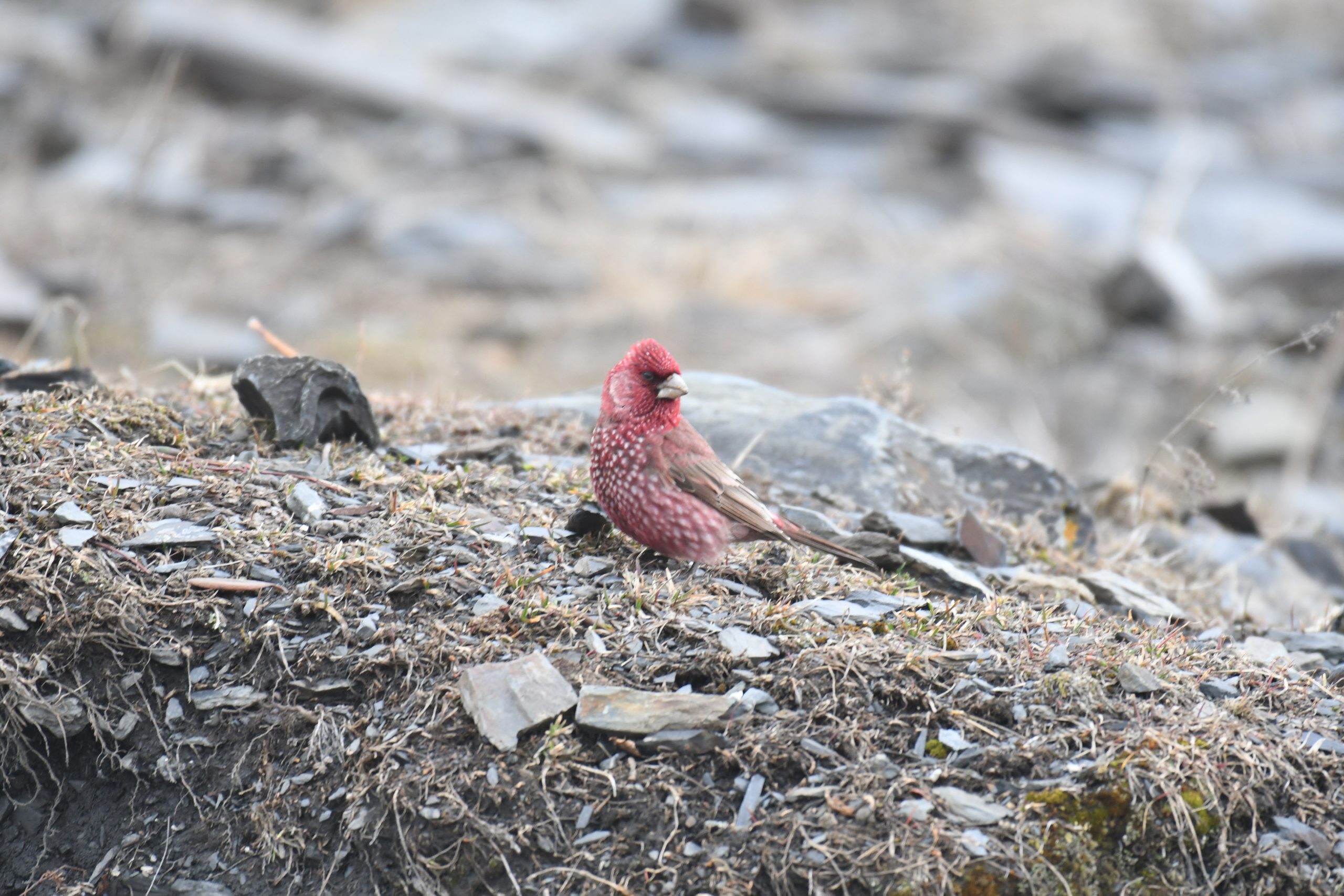
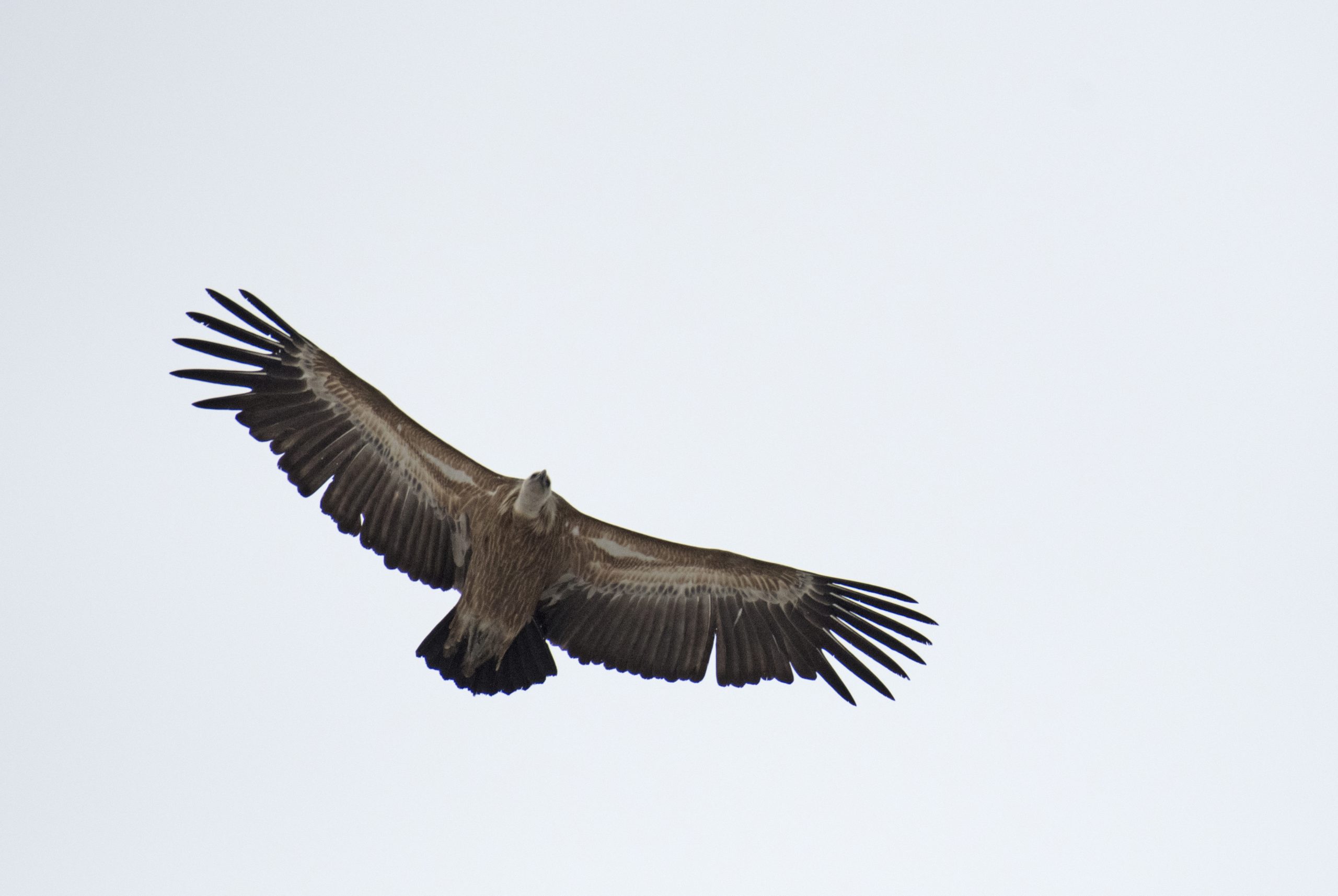

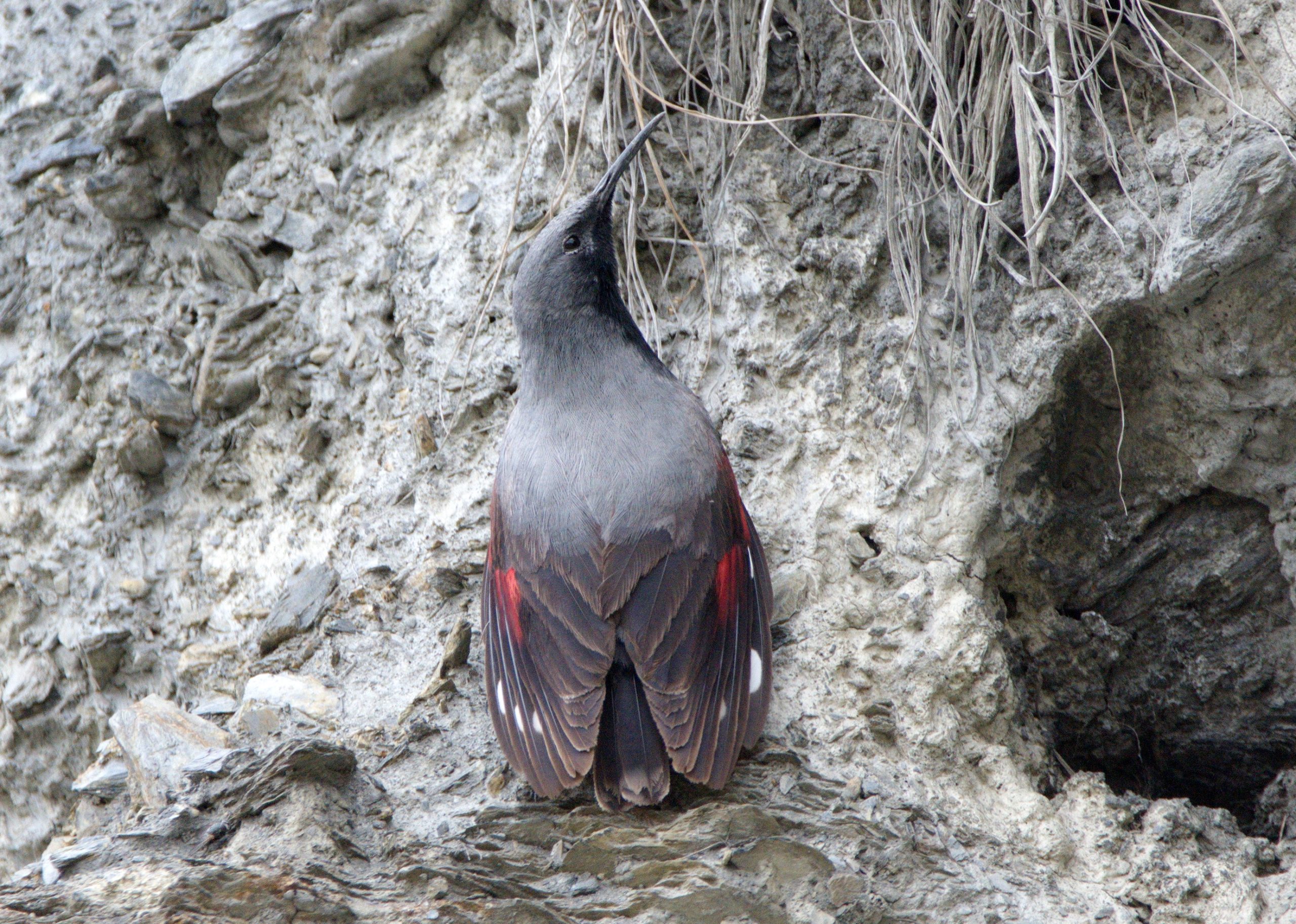
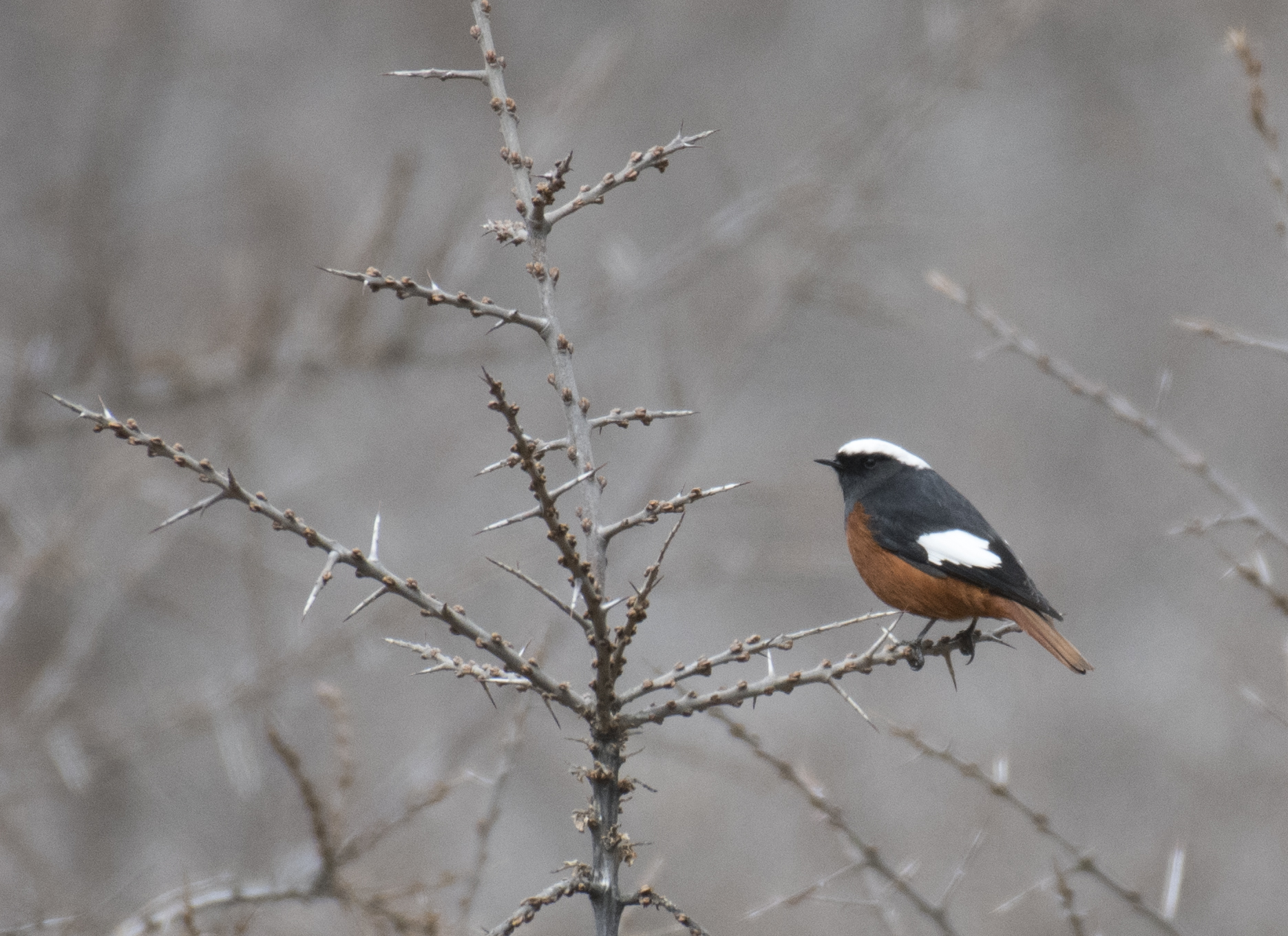
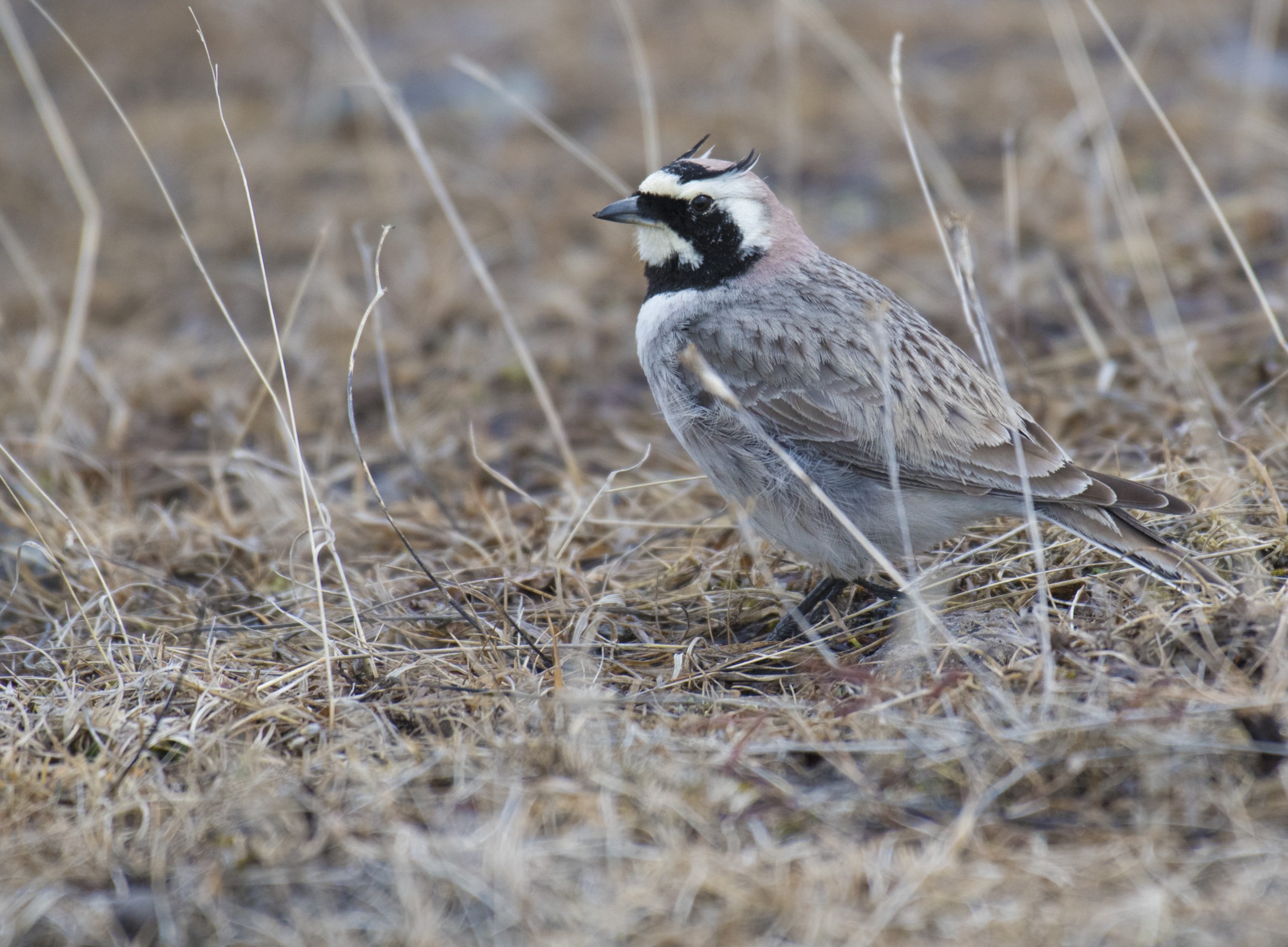
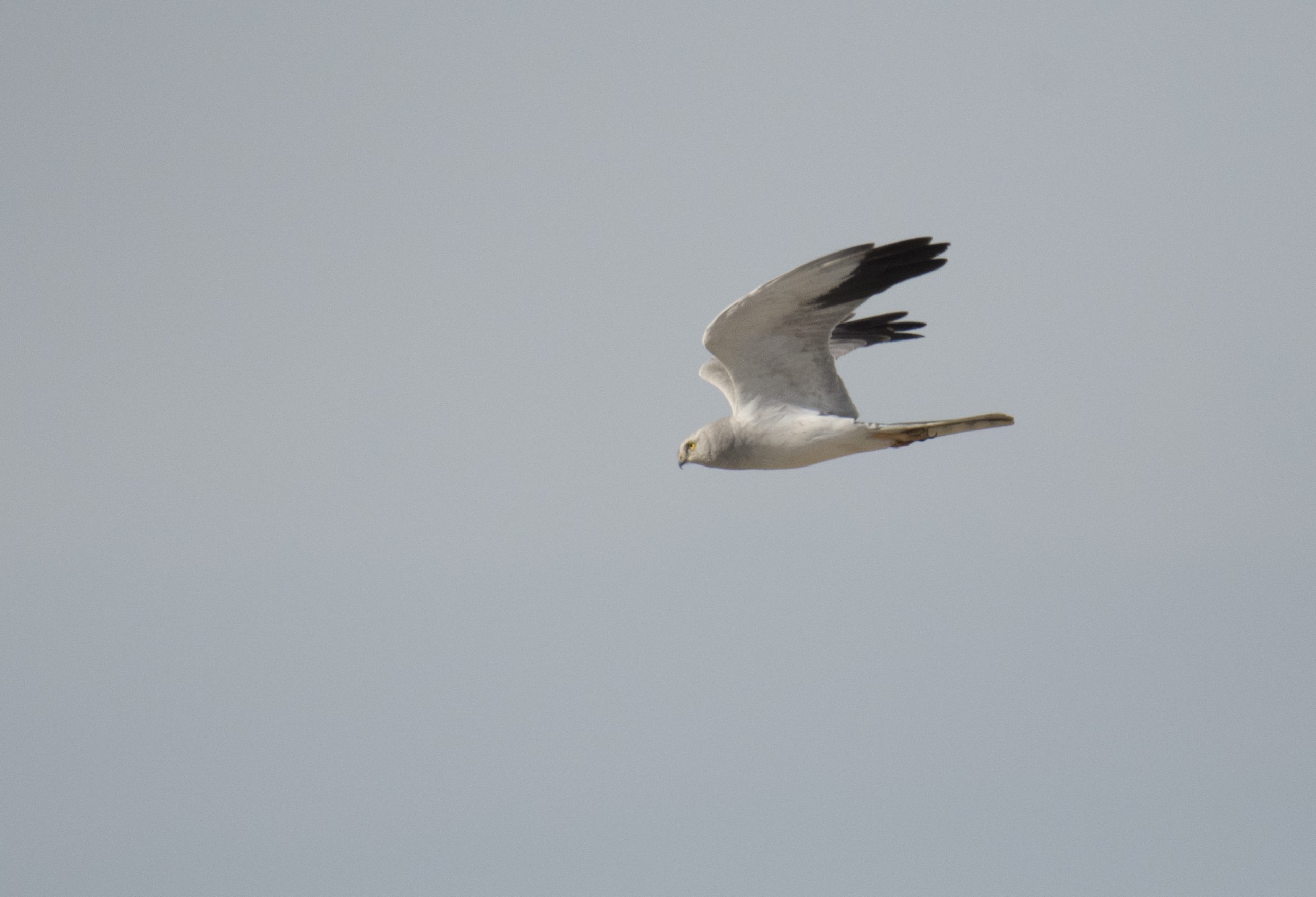
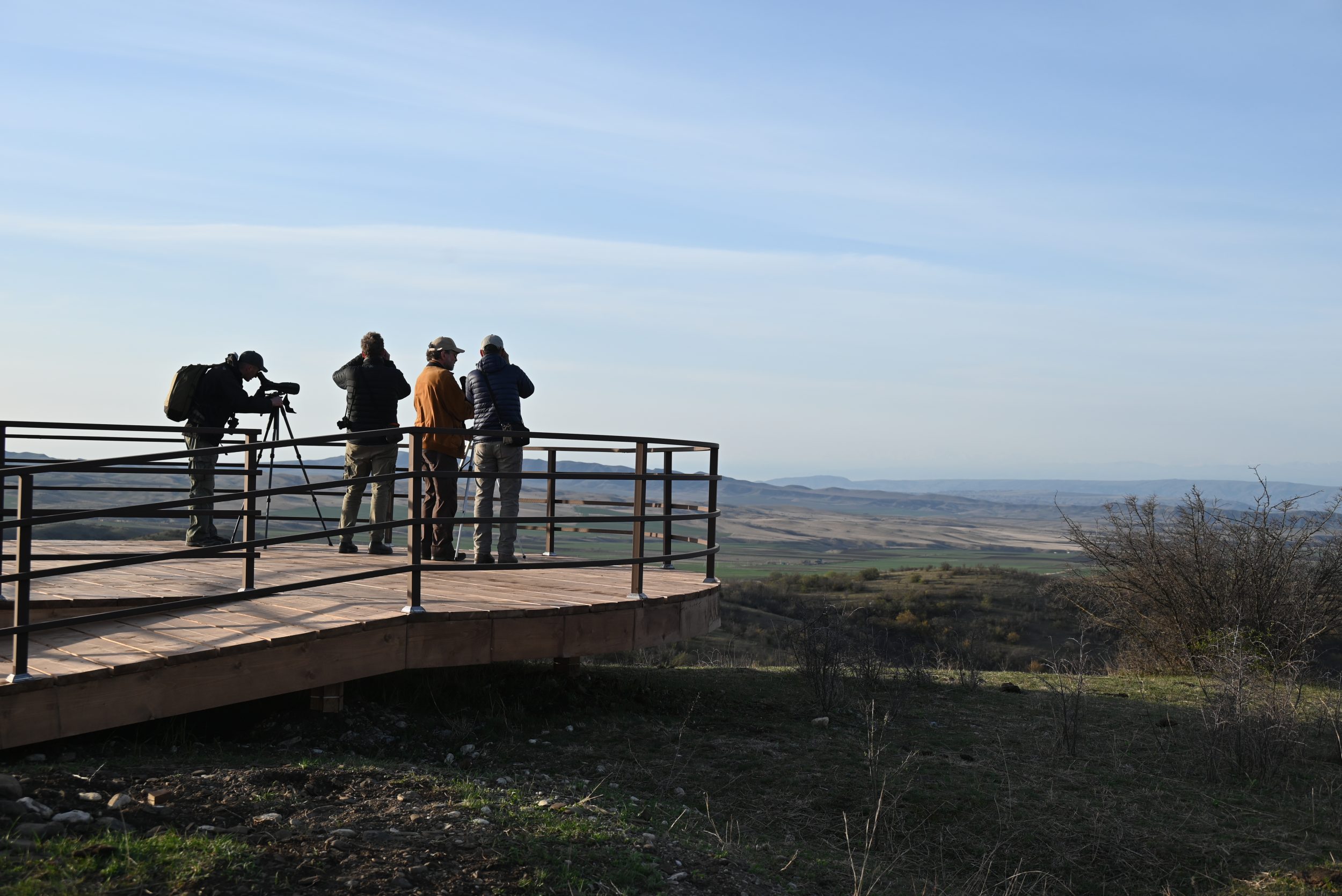
As many have questions these days about visiting Georgia, tourism figures are not as high as in previous years. Georgia is geopolitically very close to the areas of tension in the Caucasus. Those travellers who are not put off by these political situations will be rewarded with exceptional hospitality. Georgians, after their independence from the Soviet Union, have built up a tourist infrastructure that mainly praises the cultural richness of the country, the excellent cuisine and the ancient wine culture.
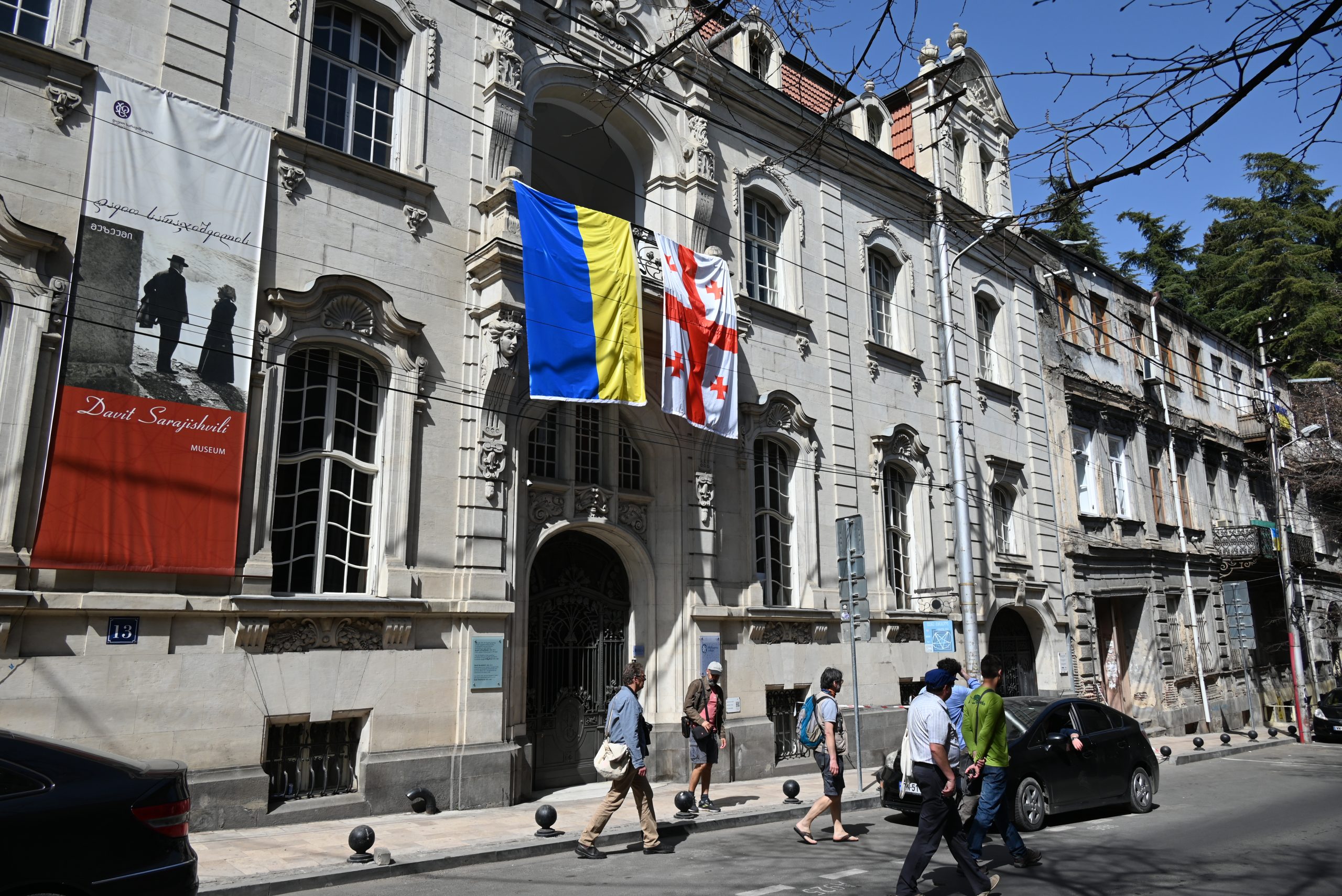
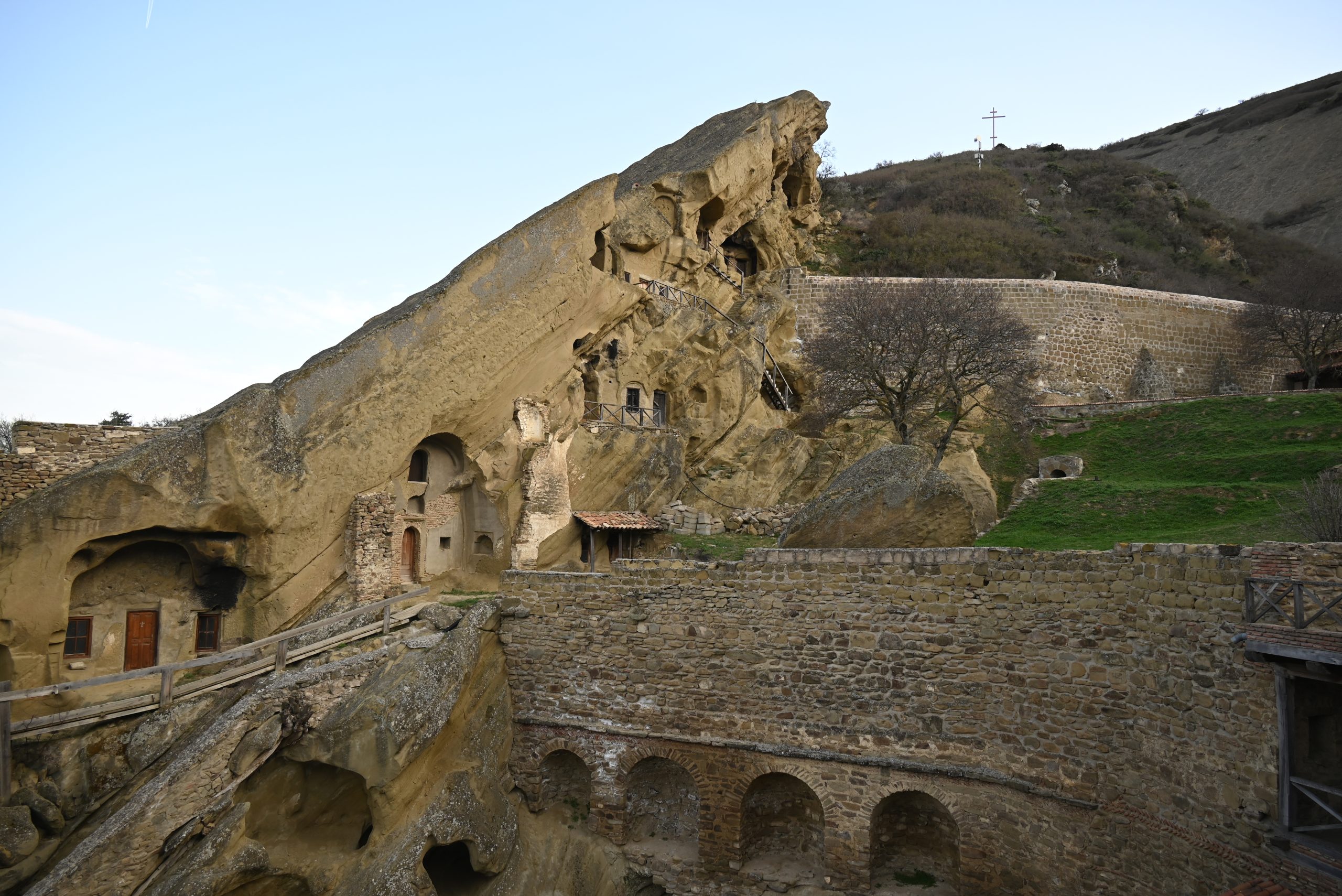
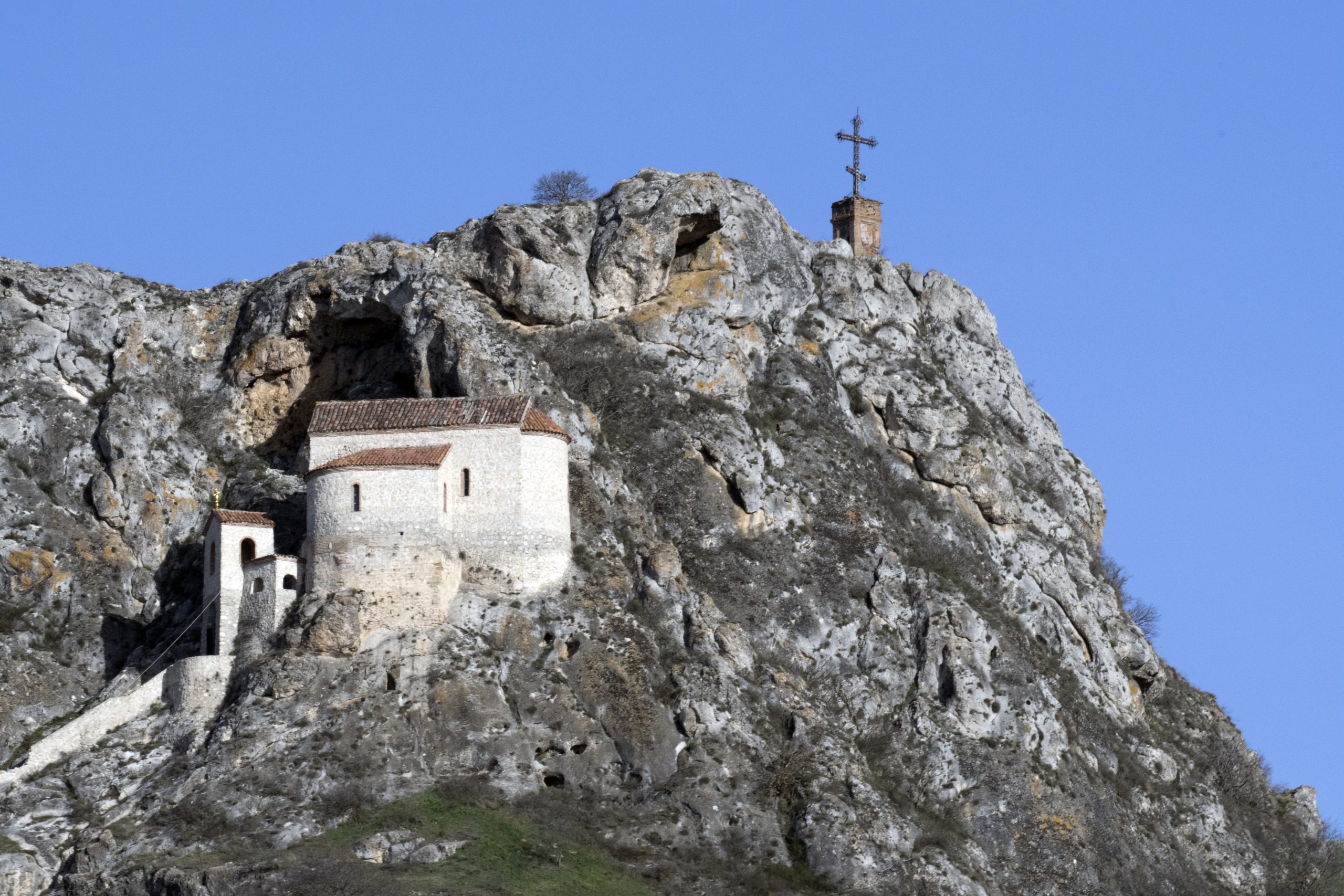
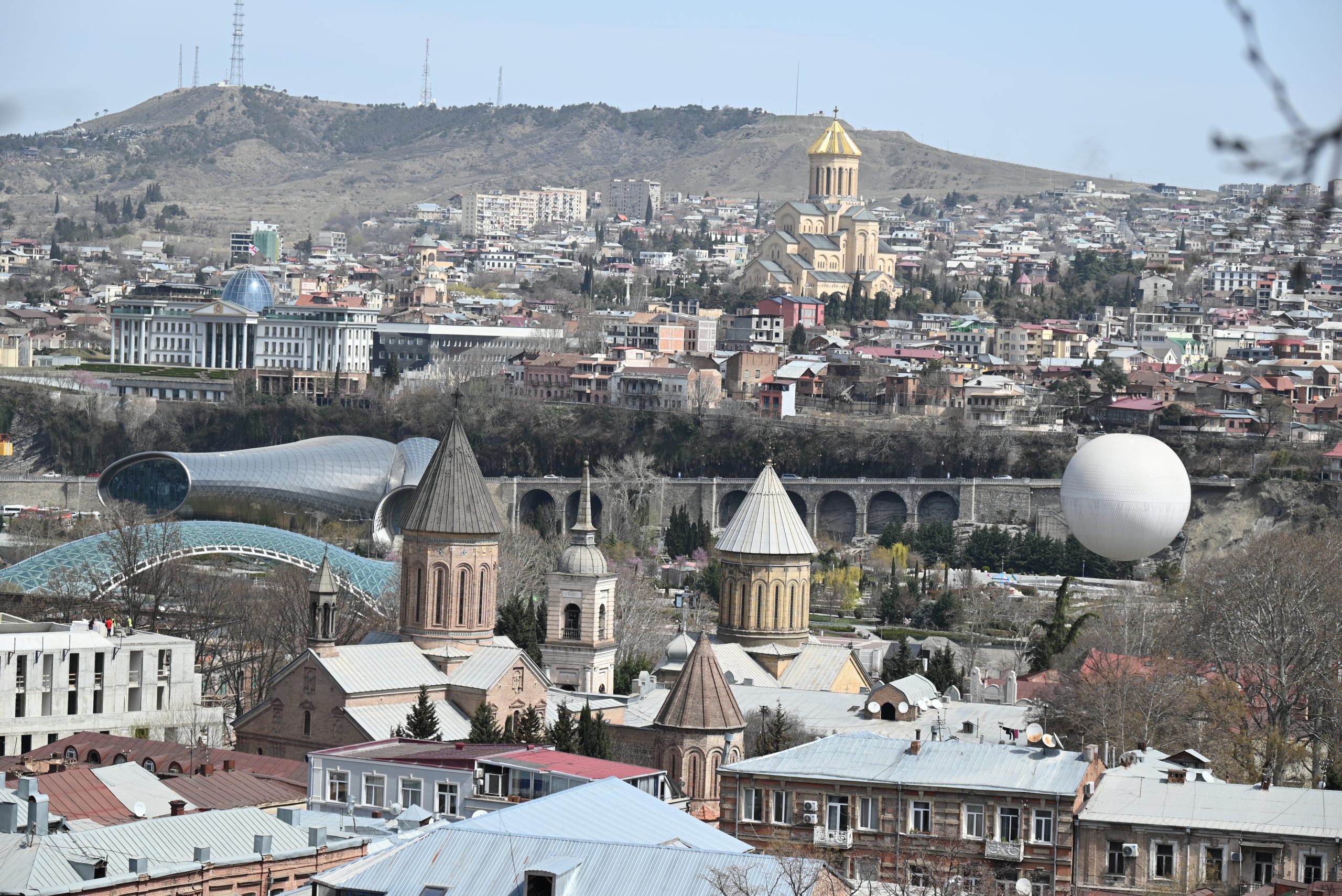
For developing a future for sustainable tourism, both GNTA and visitors are becoming increasingly aware that the country offers a vast diversity of cultural values and – related to its size – it is the country in Europe with the most incredible variety of eco-zones and habitats. In this context, the Federal Republic of Germany has supported the country’s conservation efforts for 14 years with the help of the Caucasus Nature Fund of the Kreditanstalt für Wiederaufbau (KfW). The extensive multi-million program, implemented in close cooperation with WWF Caucasus, aims to develop a comprehensive network of national parks and other types of protected areas. This network should secure the protection of the different Georgian and other Caucasus countries‘ eco-zones representatively, but it also needs the establishment of a concept that makes the management of the parks independent from external funding in the long term. Here tourism must play an increasingly important and positive role. It can only be recommended that Georgia takes a look at what Costa Rica has achieved in terms of linking tourism and conservation. Aiming to become the first in Europe to be profiled as a country-wide LT&C-Example could be a promising perspective for Georgia.
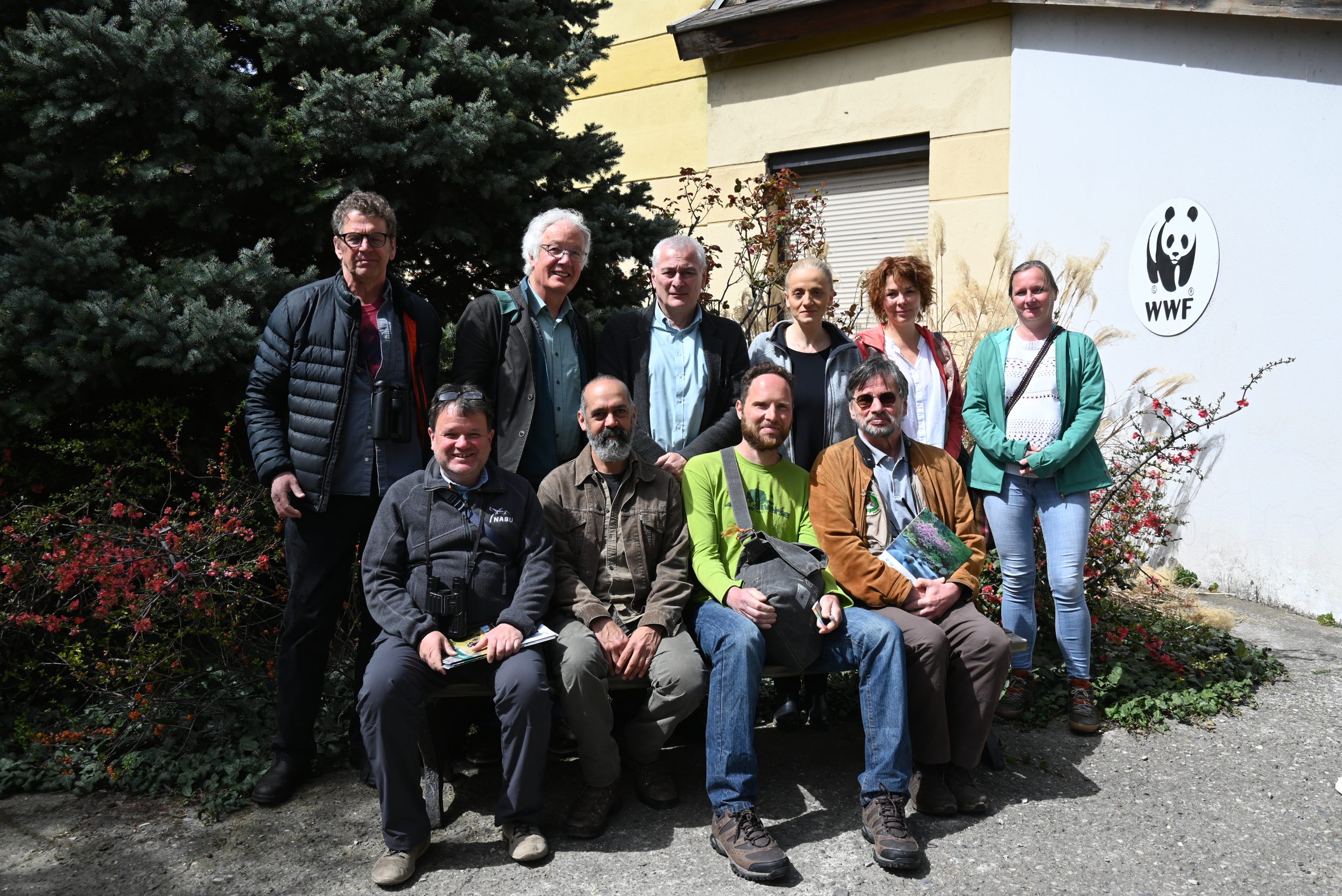
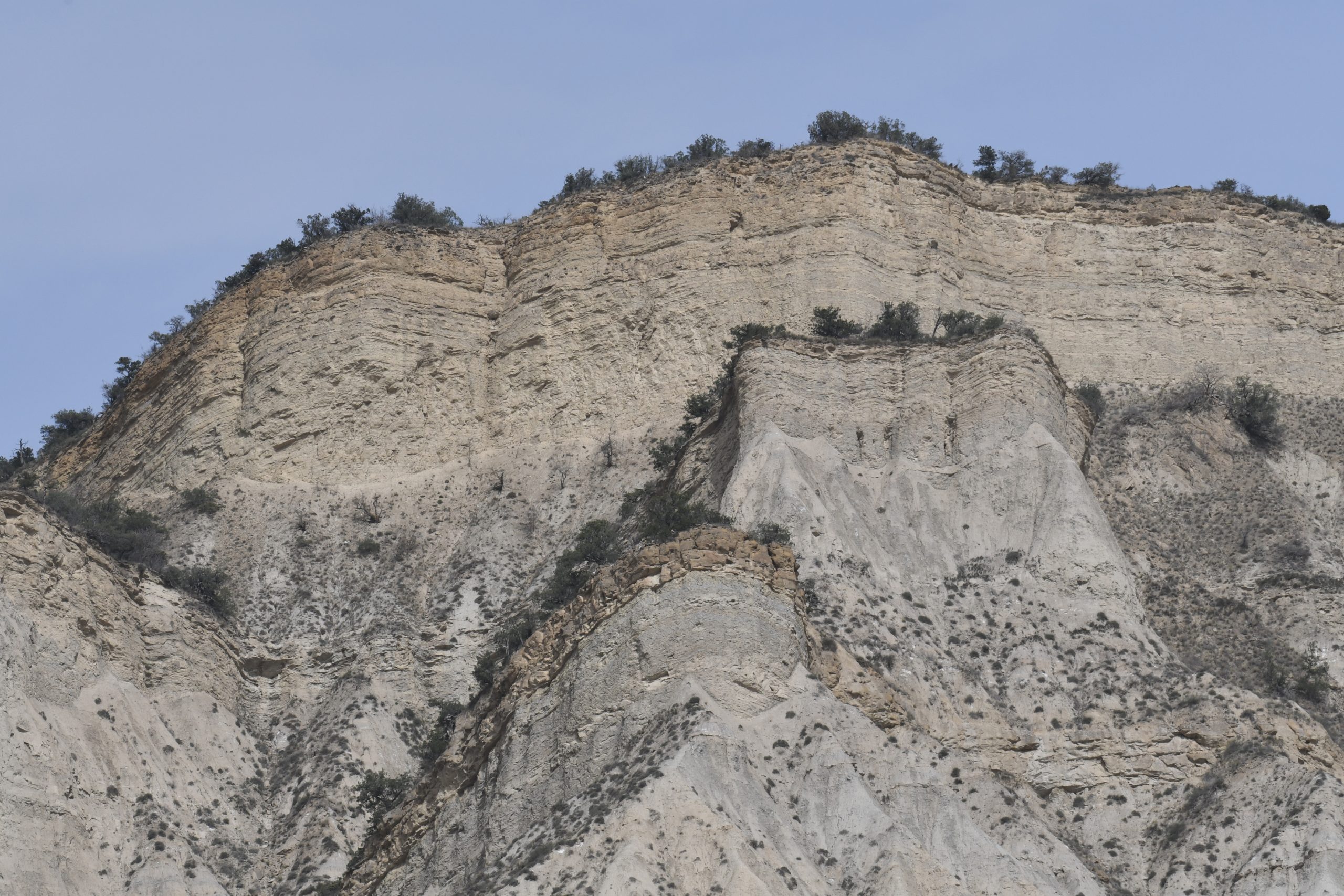
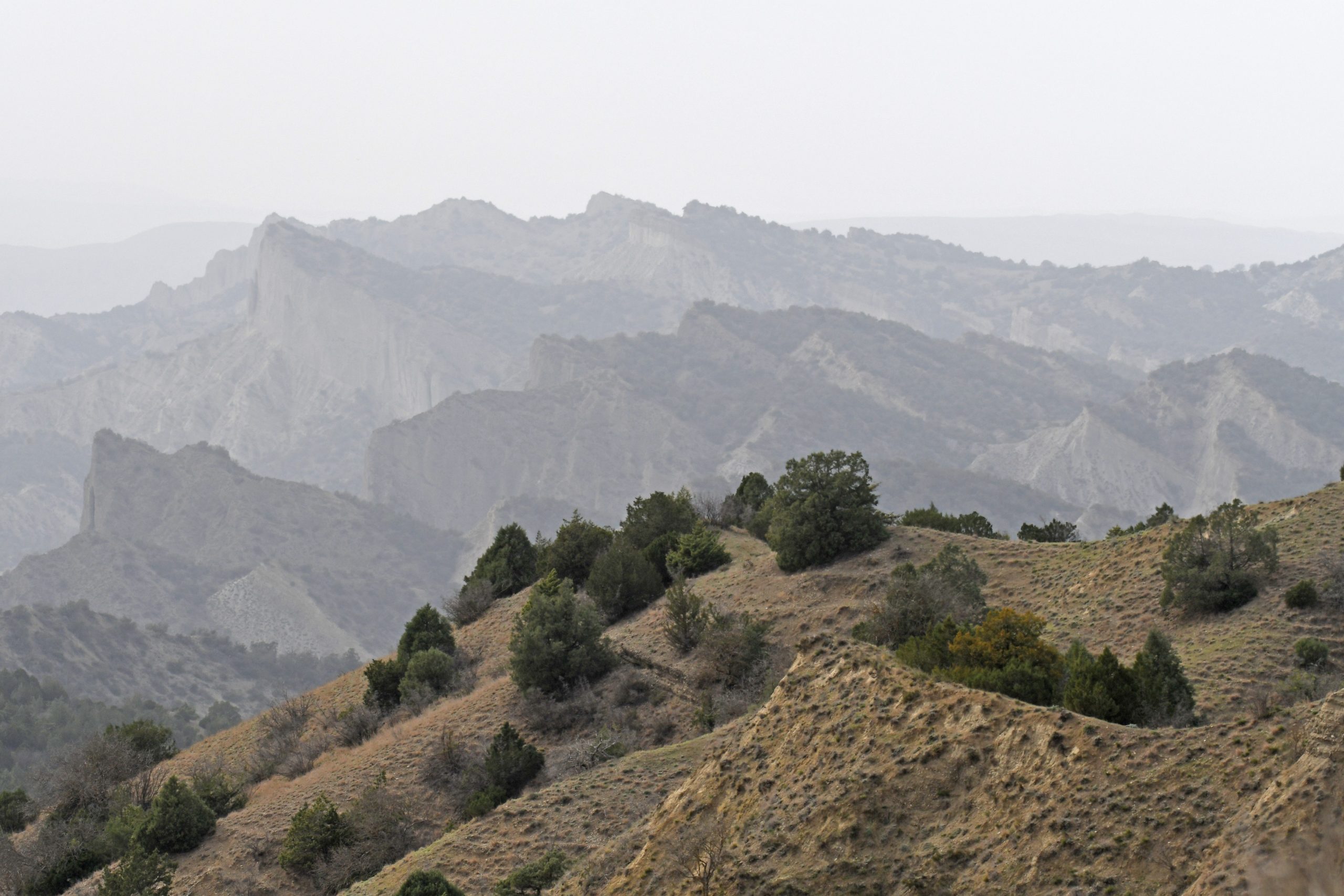
We had lively discussions with colleagues from the Georgian Ecotourism Association, GNTA and WWF about these kinds of perspectives for Georgia. These discussions provided a valuable base for our group to explore different national parks in the following days. The first national park we visited was Vashlovani NP in the southeast of Georgia, near the border with Azerbaijan. The vast steppe and open landscape provide a habitat for many different bird species. The national park is especially attractive for birds of prey. We got to see three different species of vultures and seven species of eagles and observed six of the seven lark species we found on our entire study tour. The butterfly-like flight of the hoopoe, which often accompanied us, remains unforgettable.
The highlight of our study tour was Kazbegi national park in the high Caucasus mountains, close to the Russian border in the North-East. Our naturalist guide, Giorgi Darchiashvili, suggested starting with a morning excursion in the mountains before breakfast. Red-fronted Serin presented themselves together with Twites and Water Pipits. Giorgi soon finds a small troop of Caucasian black grouse. They are a good three kilometres away, but fortunately, they stay in the snow and show their characteristic long tail. Another Caucasian peculiarity, however, lands not far ahead of us in the grey gravel of the rocks at the edge of a melting snowfield: The Great Rosefinch can be seen only in Georgia and in the Russian part of the Caucasus. After breakfast, we turned our attention to the bushes along the river in the valley. The careful searching was soon rewarded, and the colourful Güldenstädt’s Redstart shows up several times on the top of the trees. The white cap and wing patch are striking, contrasting spectacularly with the red breast and blue-grey back. They winter here at an altitude of a good 1500 meters. And finally, we even found the spectacular and endemic Caucasian Snowcock high up in the mountains on our last day.
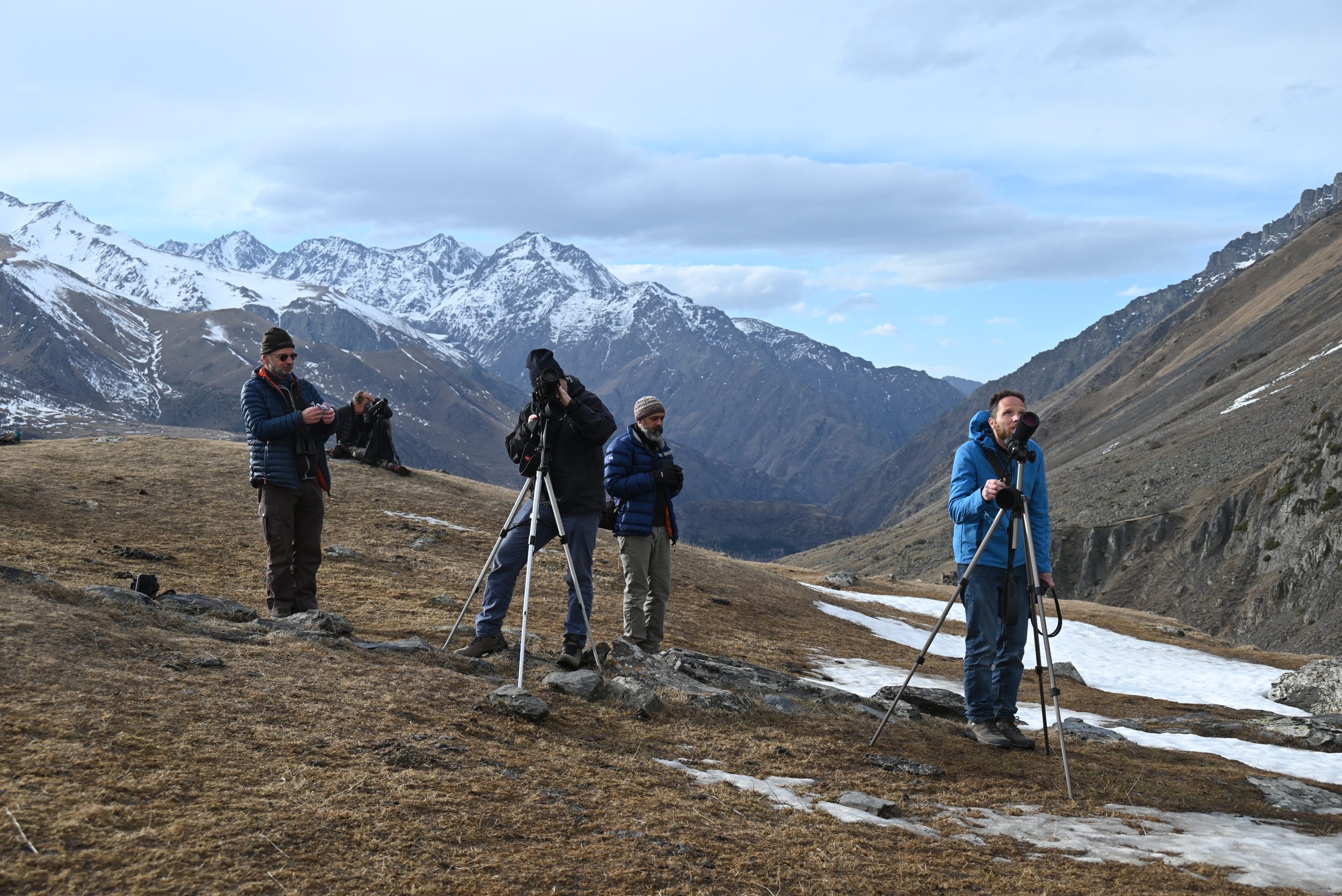
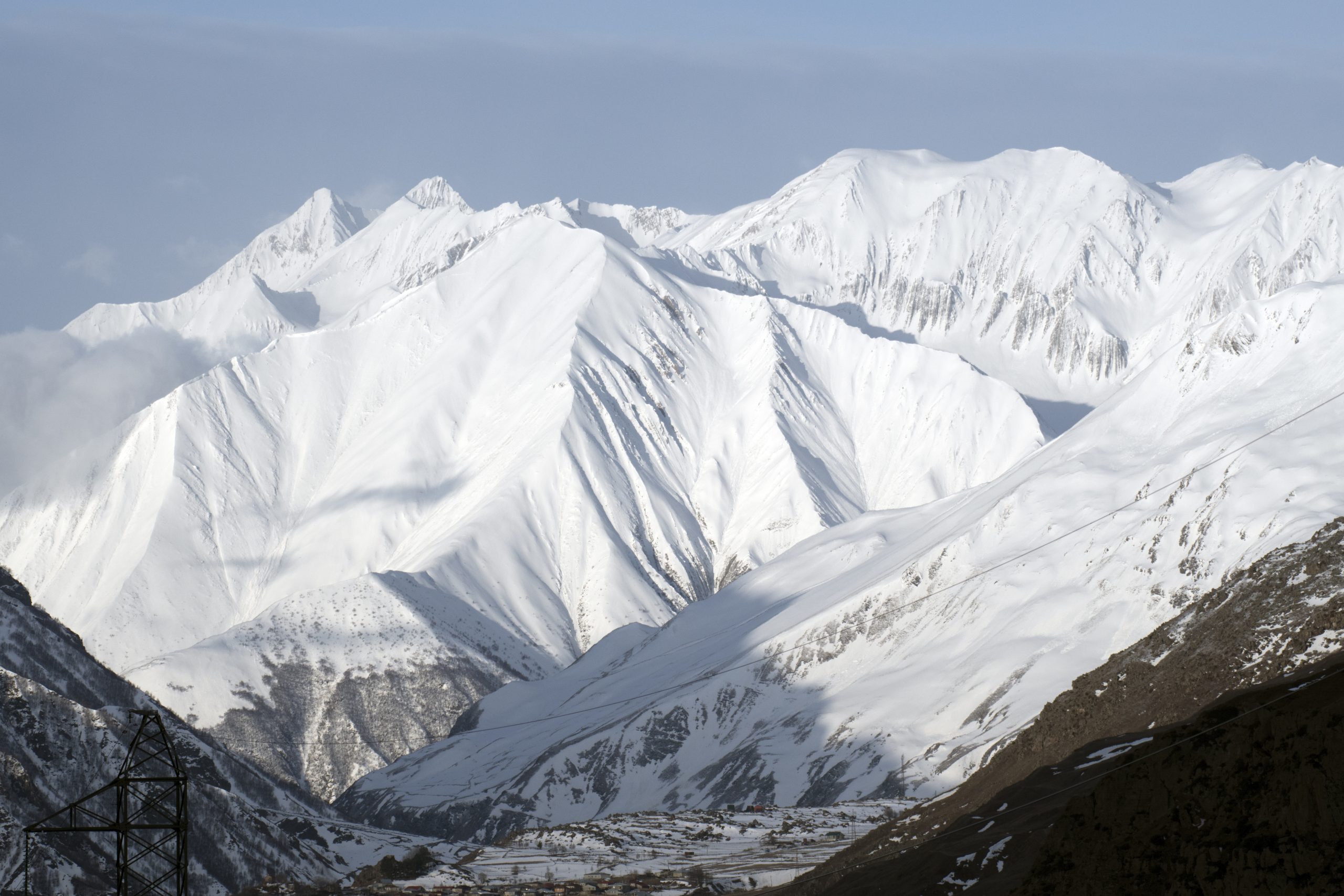
The conclusion of our study tour: For every keen birdwatcher, there is hardly a better place than Georgia to see a maximum of (partly endemic) bird species in a short time. April is undoubtedly a perfect time. And the perspective of Georgia to become the first countrywide LT&C-Example should not only be followed up by the governmental authorities and conservation NGOs but should also be in the mind of all travellers, naturally including birdwatchers. May the Georgian TV, who followed us on our tour, broadcast this message further: https://youtu.be/rFSJu1sWHx4
Pictures can be downloaded and used for free from the GRID-Arendal photo library. Further information about tourism in Georgia you always find on the website of the Georgian National Tourism Agency (GNTA)


